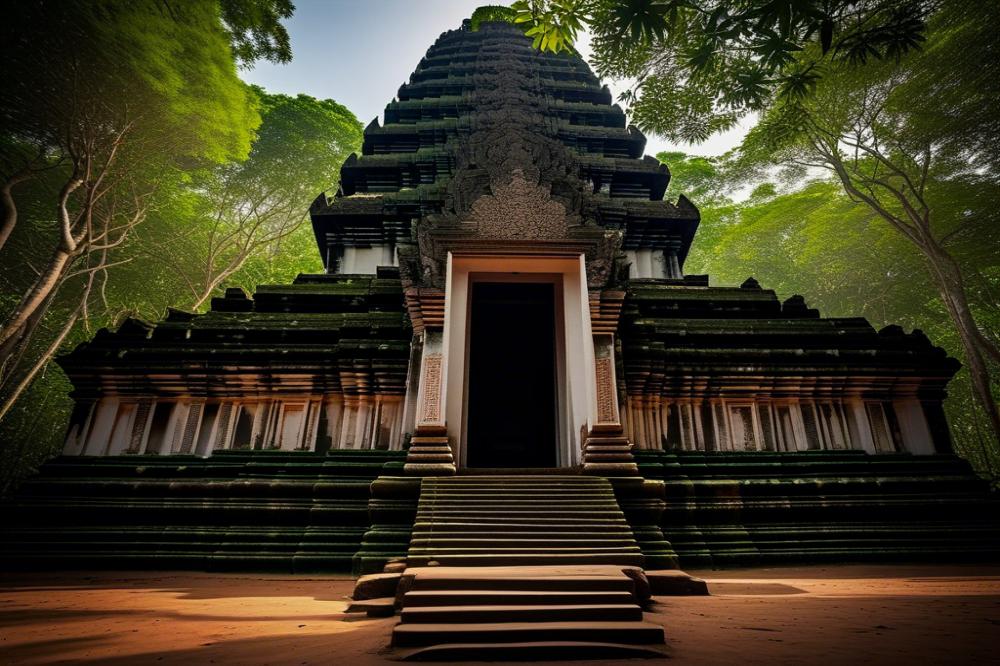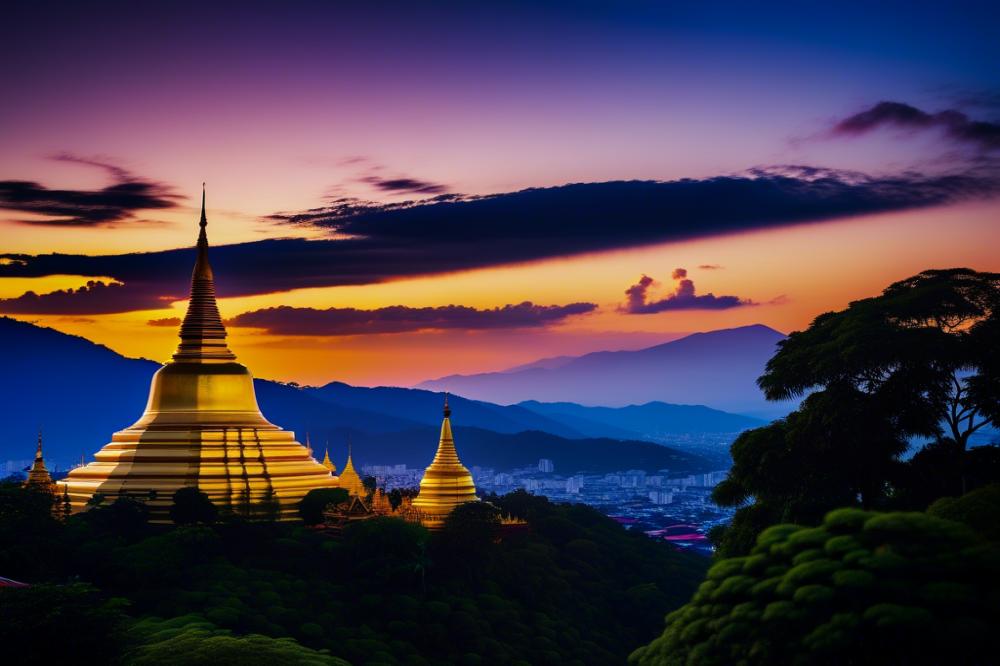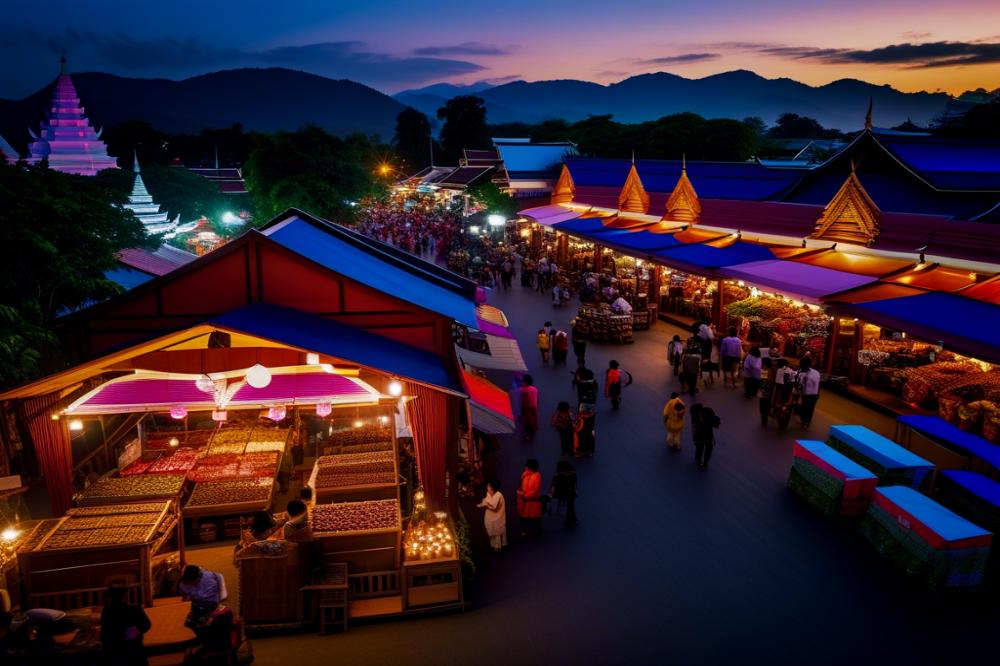Discovering the remote temples of Koh Ker
Venturing into the heart of Cambodia unveils a treasure trove of ancient wonders. Among these, the Koh Ker Temples stand out as a captivating archaeological site. Nestled deep in the jungle, these remnants of a once-thriving civilization offer a glimpse into the past that is often overshadowed by the more famous Angkor complex.
Exploring lesser-known sites is vital for a complete understanding of Cambodia’s rich cultural heritage. Many travelers flock to Angkor for its grand temples, but the remote temples of Koh Ker hold their own secrets. They invite visitors to embark on an adventure away from the crowds. With fewer tourists, the experience can feel personal and immersive, allowing for meaningful connections with history.
The significance of Koh Ker lies not only in its stunning ancient architecture but also in its rich narrative woven through both history and culture. Established as a capital during the Khmer Empire, Koh Ker’s temples reflect the grandeur of a civilization at its peak. This historical context adds depth to the exploration, reminding us that every stone has a story. It provides insight into the people who once walked these paths and worshipped in these sacred spaces.
As you navigate through the lush jungles, it becomes clear that these temples are more than mere structures. They represent the resilience of Cambodia’s cultural identity. A visit to Koh Ker is more than just sightseeing; it is a step back in time, a chance to appreciate the marvels of human achievement in a remote setting.
The History of Koh Ker Temples
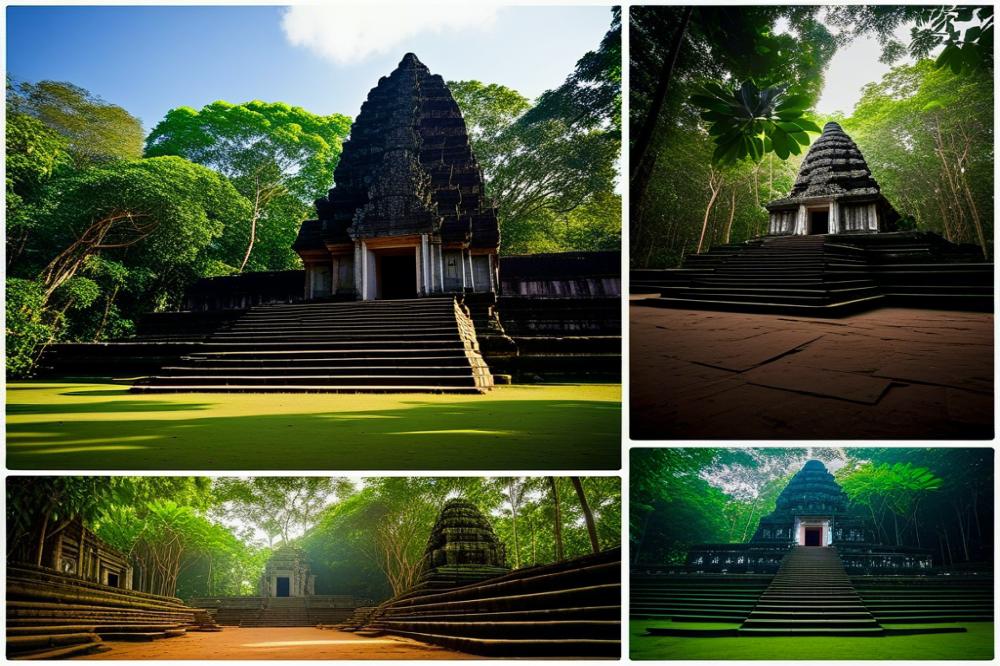
The Khmer Empire ruled much of Southeast Asia from the 9th to the 15th century. It was during this time that the region saw tremendous advances in architecture, art, and culture. Ruins of the past give us a glimpse into how life was during this vibrant period. Many historians believe that Koh Ker served as a temporary capital of the Khmer Empire in the late 10th century. This less-known archaeological site covers a vast area, marked by the remnants of splendid structures.
Significance of Koh Ker as an Ancient Capital
As the capital, Koh Ker symbolized the power and ambition of the Khmer kings. It was planned by King Jayavarman IV, who moved the capital from Angkor to this remote location. This decision was likely influenced by various political and spiritual reasons. Temples and monuments sprang up, reflecting the king’s devotion to Hindu gods. As such, the site held considerable importance both then and throughout history.
Influence of Hinduism and Buddhism on Temple Architecture
Indian religions greatly influenced ancient Khmer architecture. Temples in Koh Ker showcase a blend of Hindu and Buddhist elements. Architectural features such as intricate carvings and towering spires are frequently seen. The sanctuaries often feature scenes from mythology, illuminating the spiritual beliefs of the time. Additionally, this fusion of faiths led to unique designs that continue to fascinate visitors today.
Jungle temples dot the landscape, surrounded by dense vegetation. Exploring these ruins provides a sense of adventure. Each step through the site leads to a deeper appreciation of Cambodia’s rich cultural heritage. Delving into the history reveals stories that shaped the region’s identity. Ultimately, a visit to these ancient wonders offers a remarkable travel experience for those willing to wander off the beaten path.
Exploring the Remote Temples
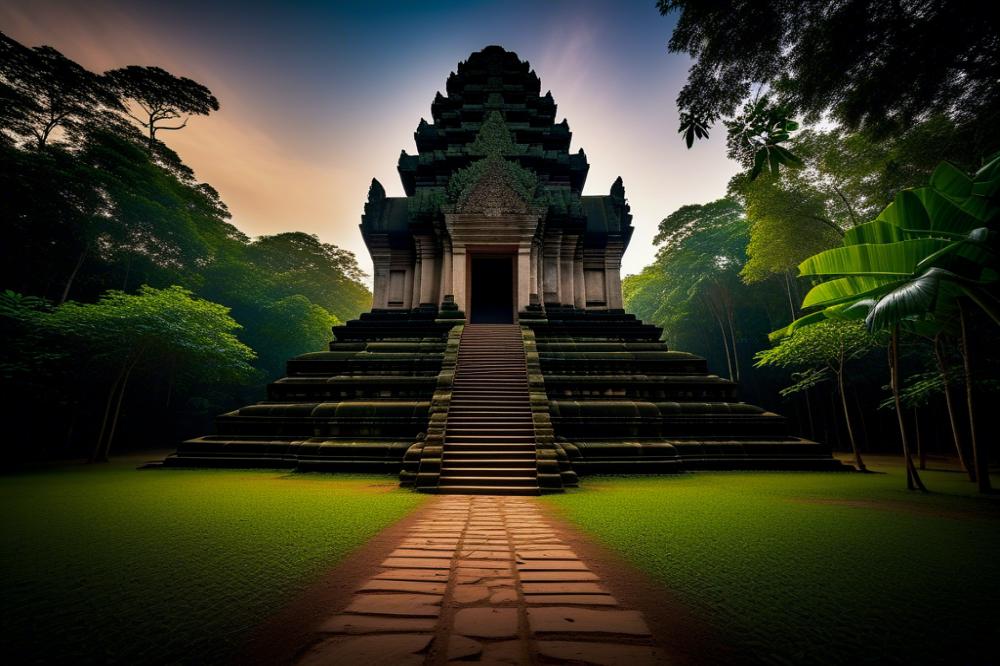
Koh Ker is an archaeological site in Cambodia, known for its remote temples. Visitors will find many impressive structures that reflect ancient architecture. Most of these jungle temples date back to the Khmer Empire, a period of rich cultural heritage. Adventurers seeking lesser-known sites will be fascinated by the stories each temple tells.
Among the key temples, Prasat Thaneang stands out. It features a tall central tower surrounded by smaller shrines. Another notable temple is Prasat Krahom, often recognized by its deep red sandstone. Sculptural details on the walls exhibit the craftsmanship of ancient builders. Each corner of this complex reveals something compelling for history enthusiasts.
Architectural styles vary within the complex. Some structures show the influence of both Hindu and Buddhist traditions. Intricate carvings capture mythological themes and line the pathways. Ruins nestled under the thick canopy create a mystical atmosphere. In every direction, nature intertwines with stone, making exploration a thrilling experience.
The jungle setting adds to the allure of Koh Ker. Towering trees and lush greenery surround the temples. Visitors often report a sense of solitude and peace here. Hiking through the trails feels like stepping back in time. Nature’s embrace enhances the adventure of discovery.
Exploration can lead to unexpected finds. Wild animals may wander near the temples, adding excitement to the journey. Each visit to these ruins allows travelers to connect deeply with history. Those willing to venture off the beaten path will reap rich rewards. The combination of ancient architecture and a captivating landscape makes this site unforgettable.
Visiting Koh Ker: A Travel Guide
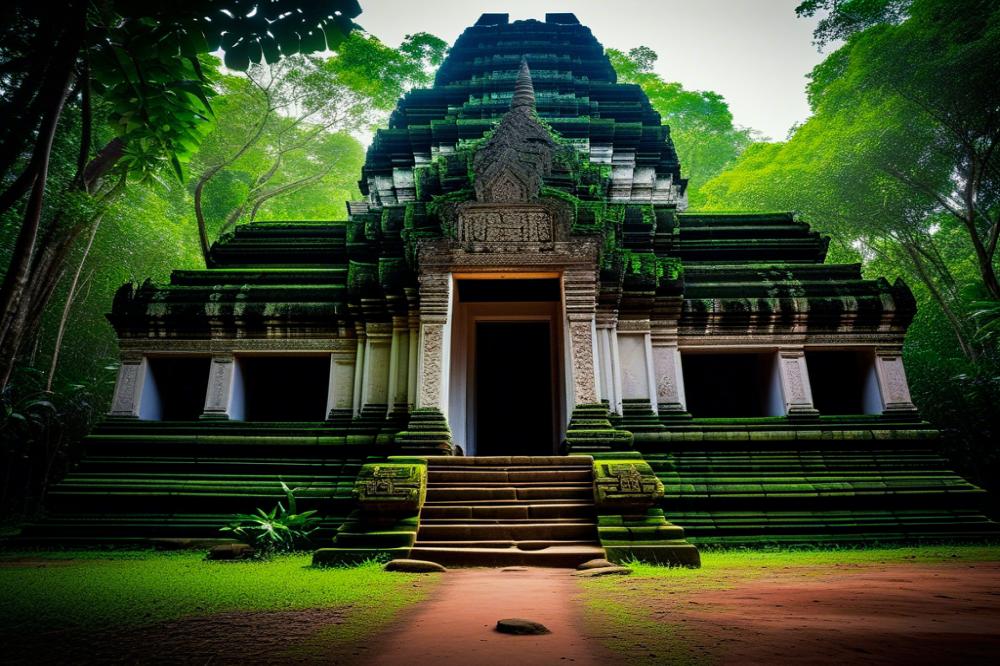
Best Time to Visit and How to Get There
Koh Ker, a hidden gem in Cambodia, shines brightest during the dry season. From November to February is ideal for exploration. At this time, temperatures are mild, and rain is less likely. Getting to this remote archaeological site requires a bit of planning. Travelers can hire a taxi or rent a car from Siem Reap. The journey takes around two hours. Public transport is limited, so consider this when planning your route. Motorbike rentals can also offer a thrilling and flexible way to reach the jungle temples.
Tips for an Adventurous Yet Respectful Visit
Respecting the cultural heritage of Koh Ker is essential. Visitors should dress modestly, covering shoulders and knees. This aligns with local customs and shows respect for the ancient architecture. Finding a local guide can greatly enhance your experience. They can share insights into the history and significance of the site. Stay on marked paths to preserve the delicate surroundings. Avoid climbing on the ruins. This helps protect the structures for future generations. Keep noise levels down to appreciate the serene environment.
What to Expect in Terms of Facilities and Accommodations
Koh Ker is off the beaten path, meaning facilities are basic. There are no large hotels nearby. Small guesthouses can be found in surrounding villages, providing essential amenities. Expect simple but comfortable accommodations. Plan to pack enough supplies for your visit, including water and snacks. Limited restroom facilities exist, so be prepared. Restroom access may not always meet western standards. Overall, embrace the adventure while appreciating this lesser-known site’s beauty.
Cultural Heritage and Preservation
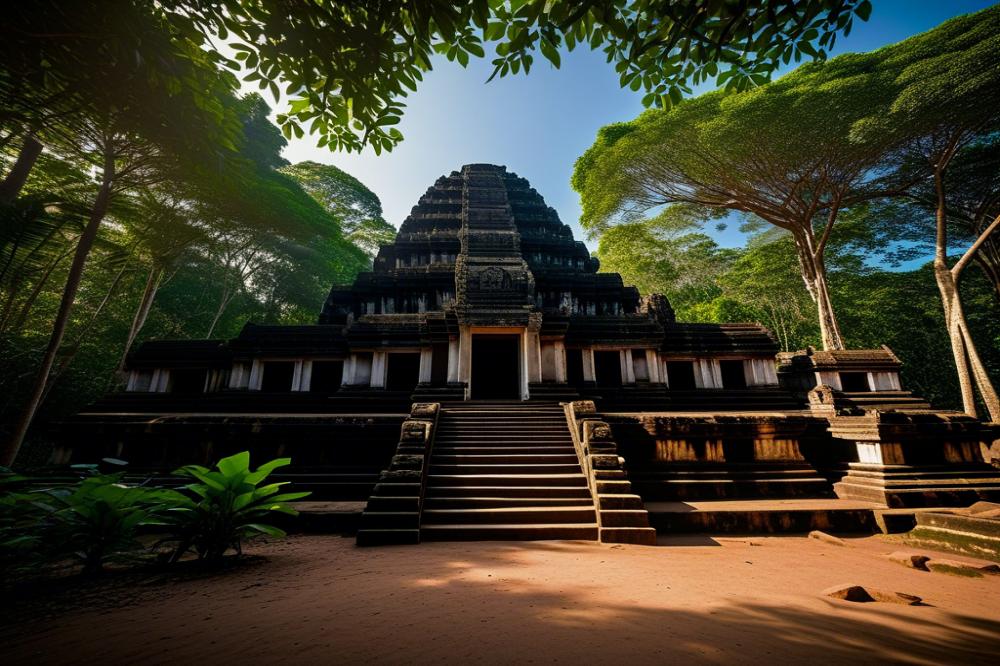
Efforts to Preserve the Archaeological Site
Preservation of Koh Ker is essential for maintaining its significance. Various organizations have started initiatives to protect the ancient architecture found here. Efforts involve both local and international collaboration. Recent actions include mapping the site and repairing structures that show signs of deterioration. Local communities play a crucial role in these preservation activities. Through training programs, they learn how to care for and maintain their cultural heritage.
Impact of Tourism on Koh Ker and Local Communities
Tourism has both positive and negative effects on this archaeological site. Increased visitors bring economic benefits, providing jobs and supporting local businesses. However, crowds can also lead to wear and tear on the delicate jungle temples. Balancing conservation with tourism is a significant challenge. Locals recognize the opportunity tourism presents but also worry about its impact on their way of life. Sustainable practices must be employed to protect the site for future generations.
Importance of Cultural Heritage and Education
Cultural heritage offers insight into the rich history of Cambodia. Understanding ancient temple sites can deepen appreciation for this nation’s past. Education plays a pivotal role in this process. Schools in the local area incorporate lessons about the temples into their curricula. By fostering a sense of pride in their heritage, children can grow up to be better stewards of the site. Encouraging exploration among tourists and locals alike helps to share the value of these lesser-known treasures.
Final Thoughts
The significance of the Koh Ker Temples cannot be overstated. They provide a window into a rich past that shaped Cambodian history. As remnants of the Khmer Empire, these structures illustrate architectural innovation and the spiritual beliefs of an ancient civilization. Visitors can see exquisite carvings and unique designs that tell stories of the land’s heritage.
Travelers should actively seek out remote temples as they explore. This adventure allows for a deeper connection with the country’s history, offering a peaceful alternative to more crowded tourist attractions. Undisturbed beauty awaits those willing to venture off the beaten path. Each temple holds its own story and significance, waiting to be discovered.
The impact of Koh Ker on understanding Cambodia’s culture is profound. These temples serve as a reminder of the nation’s resilience and creativity. Experiencing them fosters appreciation for the artistic achievements of the Khmer civilization. Each step among the ruins provides a sense of connection to the past, enriching one’s knowledge of this fantastic country.

